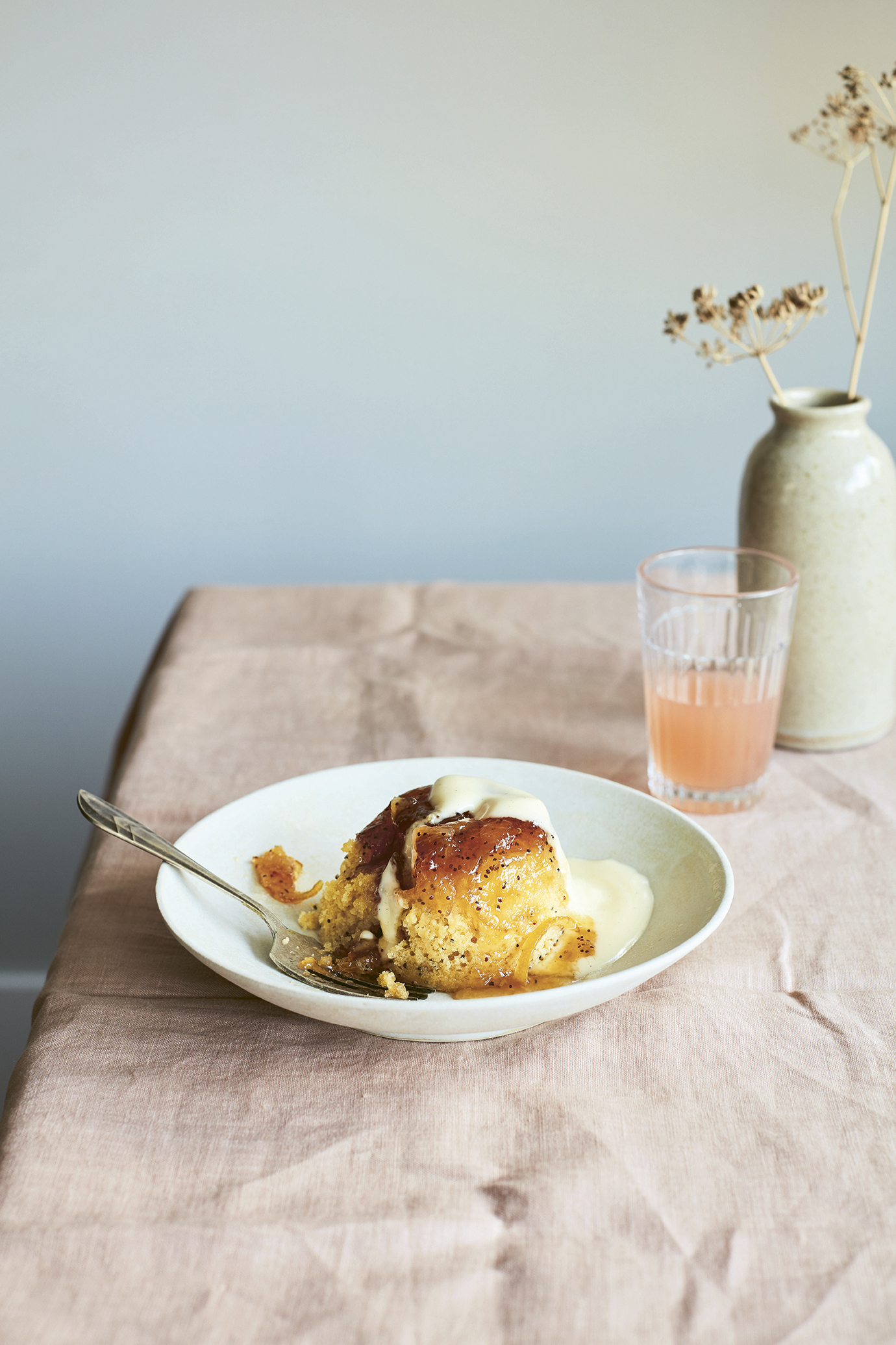Get Premium access to all the latest content online
Subscribe and view full print editions online... Subscribe
Serves Sauces and accompaniments
An hour before, put several small saucers in the freezer.
Wash and prep your lemons or limes, according to the recipe, cut in half lengthways, then slice very finely with a sharp knife into 5mm–1cm semi-circles. Put the semi-circles in a large jam pan with any juice collected on your board, then add the water and lemon juice quantities from your recipe and boil on the highest heat, stirring intermittently, for 20–25 minutes, until it has reduced a bit and the peel has softened.
Add the sugar to the pan and stir until it has completely dissolved. Bring back to a rapid boil, then boil for a further 15–30 minutes, on the highest heat, stirring intermittently so it doesn’t catch and burn. If it looks as if it might boil over, reduce the heat slightly to regain control, but you want it boiling rapidly, so don’t reduce the heat for too long.
When it starts to look syrupy and heavier, do the set/wrinkle test (see p128) using the saucers from the freezer. When it’s ready, ladle into sterilised jars, filling to 2–3mm from the top. Store in a cool, dark place for up to 12–18 months. Once opened, store in the fridge and use within 6–8 weeks.
COOK’S NOTE
If you’re struggling with your marmalades setting, try the preserving sugars available – these don’t have added pectin, but larger granuales, which help with setting citrus fruits.
An hour before, put several small saucers in the freezer.
Wash the berries from your recipe, then heat in a pan, reserving a few if you want some chunky bits, along with the water and lemon juice quantities stated in your recipe and soften until they become pulp. If using frozen fruit, defrost it first and don’t add the water. Only stir now and again at this stage, so it doesn’t stick to the bottom of the pan. When it is pulpy and bubbling, add the sugar, stirring until completely dissolved. Add any of the reserved berries now, so they don’t break down as much.
Turn up the heat to the highest setting, stirring only intermittently so as not to allow too much cold air into the mix. Ideally, you want the jam to get to a temperature of 104C. Boil on the highest heat until the rolling bubbles thicken, becoming slower and ploppier, then do the set/wrinkle test (see below) using the saucers from the freezer.
When the jam is ready, ladle into sterilised jars, filling to 2–3mm from the top. Store in a cool, dark place for up to 6–12 months. Once opened, store in the fridge and use within 4–6 weeks.
Remove the pan from the heat. Take one of the saucers from the freezer, drop ¼tsp jam or marmalade on to it and put it in the fridge for 1 minute. Remove the saucer and gently push the jam or marmalade with your finger. There should be a hard or soft wrinkle on the surface for a hard or soft set. Not all fruits will ever make it to a hard set, creating a prominent wrinkle. So, with a soft set, scoop it up with your forefinger and allow it to drip off – you’ll want a slow drip. If not at the desired set, return to the heat and test again until it is. When ready, skim off any foam.

Advertisement
Subscribe and view full print editions online... Subscribe